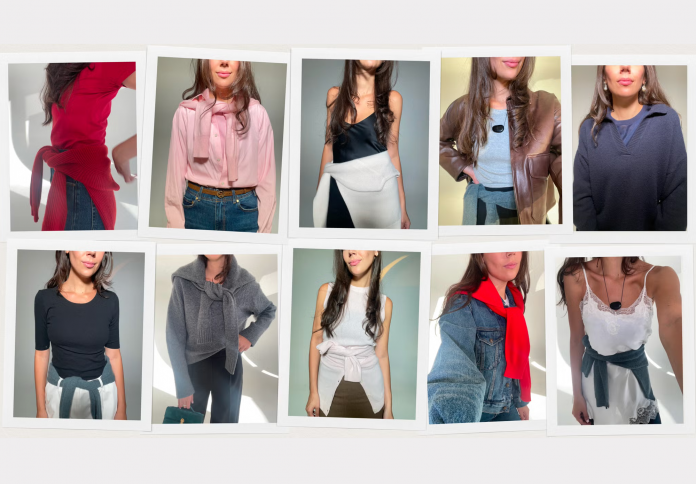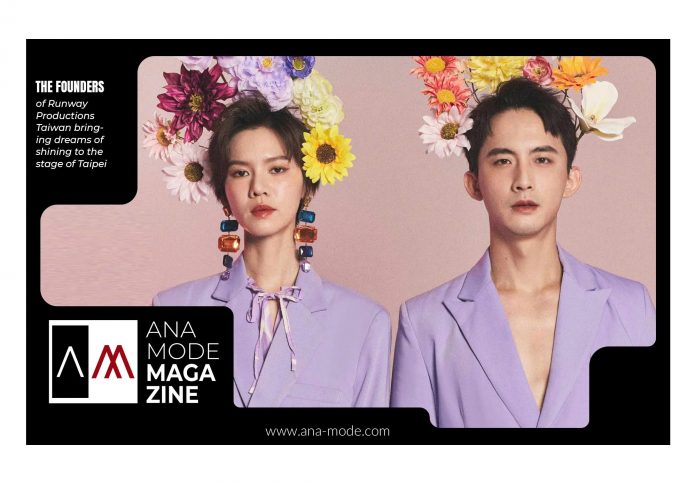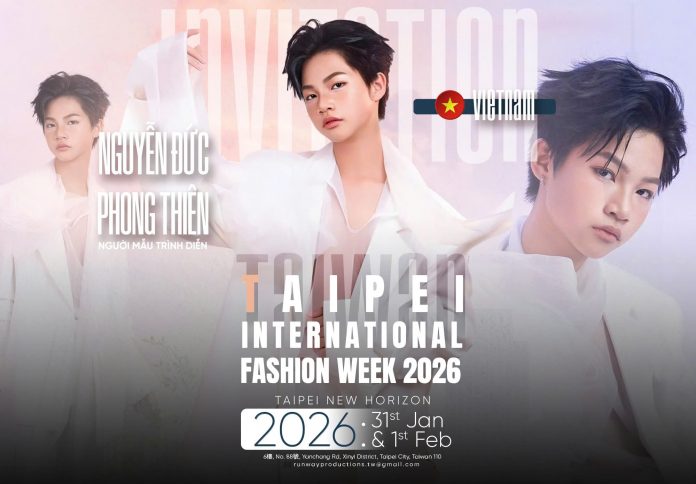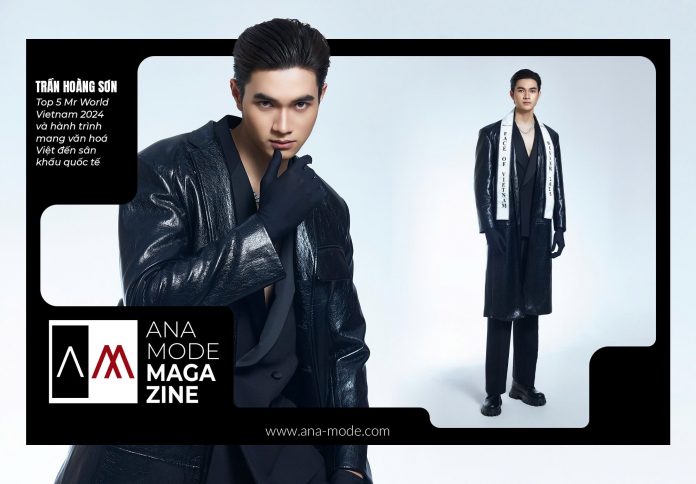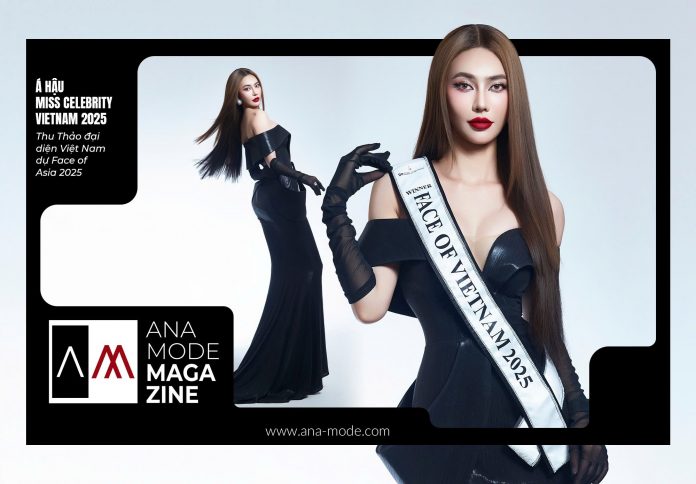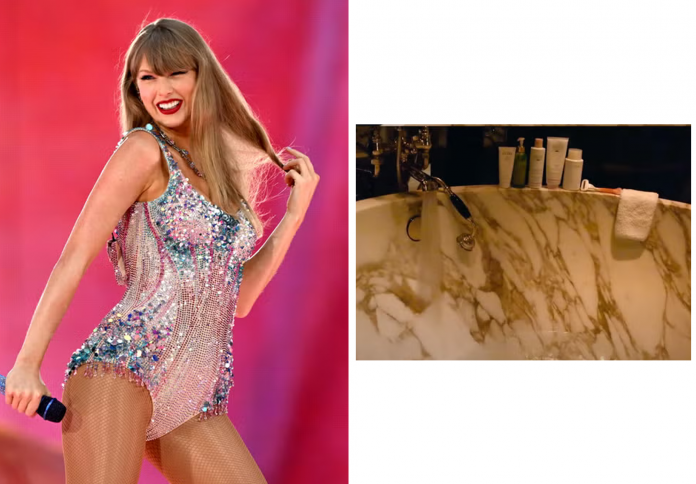The sweater has long since transcended its role as a mere cold-weather necessity. It is no longer just a garment to be worn; it is now a versatile styling tool, defining silhouettes and injecting unexpected bursts of color or texture. From the prestigious runways of major fashion houses to the streets of Fashion Month, designers and style mavens alike are using knits to create unconventional belts, sculptural accents, and even faux-peplums. This season, the sweater’s utility extends far beyond simple layering, challenging the wearer to think of cashmere and wool as dynamic accessories rather than just comfort items. By mastering techniques like asymmetrical tying and intentional monochromatic blending, the simple crewneck or cardigan becomes the ultimate piece for endless, polished, and contemporary outfits that make a genuine sartorial statement.
The Asymmetrical Waist Cincher
The most visible trend to emerge from recent fashion weeks is the dramatic return of the tied sweater to the waist. This look is less about practicality and more about purposeful, deliberate styling. It was prominently featured on the runway, notably at Dario Vitale’s debut collection for Versace, where it was utilized to inject a sense of nonchalant relaxation into otherwise dressed-up looks.

For a daytime ensemble, this technique involves using a lightweight, shrunken, or cropped knit to act as a belt over trousers or jeans. To execute this with a tailored effect, slip the arms of the sweater through the belt loops of your pants, ensuring the bodice remains streamlined and doesn’t overwhelm the waist. This look is ideal for the uniform dresser who leans minimal, providing an intentional burst of contrasting color or texture without sacrificing the clean lines of the outfit.
Furthermore, this method serves as an excellent way to transition cocktail attire. Update your evening wear by using the tied sweater as an asymmetrical waist cincher over delicate pieces like silk slip dresses or lace camisoles. Tying the knit askew at the waist instantly grounds and relaxes a dressed-up look, allowing you to wear sophisticated pieces like a mini slip dress over tailored black pants for the ultimate high-fashion layered ensemble. This unexpected mix of cozy texture against sleek silk or lace creates depth and makes the ensemble instantly current.
The Art Of Monochromatic And Tonal Layering
Moving beyond the traditional scarf tie, the sweater can be worn around the neck as a sophisticated monochromatic accent. This technique is used to add dimension and luxury to an otherwise muted or simple ensemble by concentrating various textures within the same color family.

To master this style, focus on an unexpected neutral or bold hue, such as a soft pink or camel. The goal is to triple down on the color: start with a fitted t-shirt, layer it underneath a crisp button-down shirt of the same color, and finally, drape the sweater around your neck. The key is to introduce a contrasting texture, such as layering an alpaca-blend knit over a cotton shirt, which makes the mix visually dynamic and avoids the outfit looking flat. This elevates the humble knit into a rich, three-dimensional layering piece.
Equally effective is the technique of mixing tonal textured sweaters together to create a complex internal layer beneath a coat or jacket. Look for necklines that purposefully contrast and complement each other. For example, pair a classic collared polo neckline with a textural crewneck, or layer a fitted turtleneck beneath a wider-necked knit. Opting for variations like open-knit, gauzy-mesh, or chunky cable-knit sweaters adds character and substance, creating an outfit that relies on subtle differences in shadow and feel, making the look feel infinitely more complex and expensive.
Reinventing The Classic Cardigan Set
The classic cardigan set, often perceived as demure or traditional, is ripe for a contemporary revival that is sculptural and architecturally driven. This season’s interpretation is less about wearing the twin pieces together in a matching fashion and more about using the cardigan component to create shape and volume.

The most modern way to use the set is by employing the cardigan to create a chic faux-peplum effect. Instead of wearing the cardigan, style it around your waist, leaving it half-buttoned or partially unzipped. The body of the knit flares out slightly around the hips, instantly adding volume and a tailored shape to the midsection. This technique transforms the cardigan from being a functional layer into a deliberate, architectural accessory.
To execute this polished silhouette, pair the shell top of your set with a contrasting pencil skirt or sleek, tailored trousers. This contrast ensures the peplum stands out as an intentional design element. This method also allows for easy mixing of sets—wear a different colored shell top with a contrasting colored cardigan around your waist—to achieve a color-blocking effect that is utterly contemporary. The resulting silhouette is a subtle but powerful modernization of a wardrobe classic, injecting an element of high-fashion structure into simple separates.
The Dynamic Accessory: Enhancing Outerwear
One of the sweater’s most overlooked uses is as a dynamic accessory to liven up transitional jackets, transforming simple outerwear from a necessity into a statement piece. This method uses the knit to inject personality and movement into everyday uniform looks.
This technique is especially effective for breaking up monolithic outfits, such as a denim-on-denim look. By tying a boldly colored sweater—for instance, a vibrant red—around your neck or across your chest in a crossbody fashion, you instantly introduce a point of visual interruption and playful flair. The sweater becomes a spontaneous piece of color blocking, adding energy and a sense of movement to an otherwise flat texture.
Alternatively, use a neutral contrasting knit to add character to leather or bomber jackets. Spruce up a brown leather jacket by layering a slightly darker gray crewneck sweater tied around the waist over a fitted ribbed top. The intentional juxtaposition of textures (ribbed cotton against leather against cashmere) adds depth, while the around-the-waist tie offers an easy, low-effort way to achieve a “styled” appearance. This approach effectively uses the knitwear not for warmth, but as a deliberate framing device, proving the simple sweater’s extraordinary versatility as a true, functional accessory.
